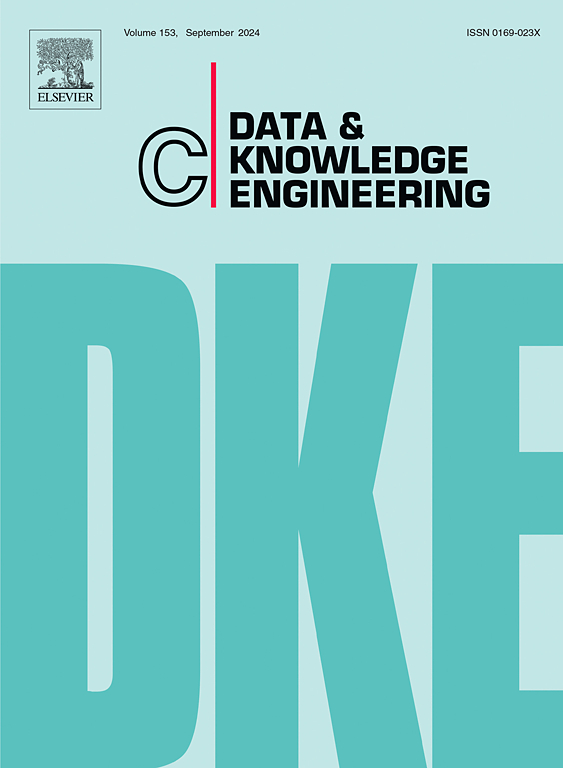支持健全的多层次建模——多维建模方法的规范与实现
IF 2.7
3区 计算机科学
Q3 COMPUTER SCIENCE, ARTIFICIAL INTELLIGENCE
引用次数: 0
摘要
在许多领域中自然会出现多级分类。几种多层次建模方法解释了这一点,其中的一个子集试图为用户提供安全性检查机制,以防止他们使用概念上不正确的模型。从历史上看,相应的多层格式良好性方案要么过于严格,要么过于宽松。正交本体论分类已被提出作为健全的多层次建模的基础,它结合了严格方案的选择性和宽松方案提供的灵活性。在本文中,我们提出正交本体论分类形式化的第二次迭代,我们通过使用ConceptBase中的实现对其进行了经验验证,以演示迄今为止仅假设的一些要求。我们讨论了所使用的形式语言的表达性、ConceptBase的评估效率以及基于数字孪生示例模型的实现的可用性。本文章由计算机程序翻译,如有差异,请以英文原文为准。
Supporting Sound Multi-Level Modeling—Specification and Implementation of a Multi-Dimensional Modeling Approach
Multiple levels of classification naturally occur in many domains. Several multi-level modeling approaches account for this, and a subset of them attempt to provide their users with sanity-checking mechanisms in order to guard them against conceptually ill-formed models. Historically, the respective multi-level well-formedness schemes have either been overly restrictive or too lax. Orthogonal Ontological Classification has been proposed as a foundation for sound multi-level modeling that combines the selectivity of strict schemes with the flexibility afforded by laxer schemes. In this article, we present the second iteration of a formalization of Orthogonal Ontological Classification, which we empirically validated to demonstrate some of its hitherto only postulated claims using an implementation in ConceptBase. We discuss the expressiveness of the formal language used, ConceptBase’s evaluation efficiency, and the usability of our realization based on a digital twin example model.
求助全文
通过发布文献求助,成功后即可免费获取论文全文。
去求助
来源期刊

Data & Knowledge Engineering
工程技术-计算机:人工智能
CiteScore
5.00
自引率
0.00%
发文量
66
审稿时长
6 months
期刊介绍:
Data & Knowledge Engineering (DKE) stimulates the exchange of ideas and interaction between these two related fields of interest. DKE reaches a world-wide audience of researchers, designers, managers and users. The major aim of the journal is to identify, investigate and analyze the underlying principles in the design and effective use of these systems.
 求助内容:
求助内容: 应助结果提醒方式:
应助结果提醒方式:


